
What Are Intelligent Agents in AI? Explained in a Simple Way
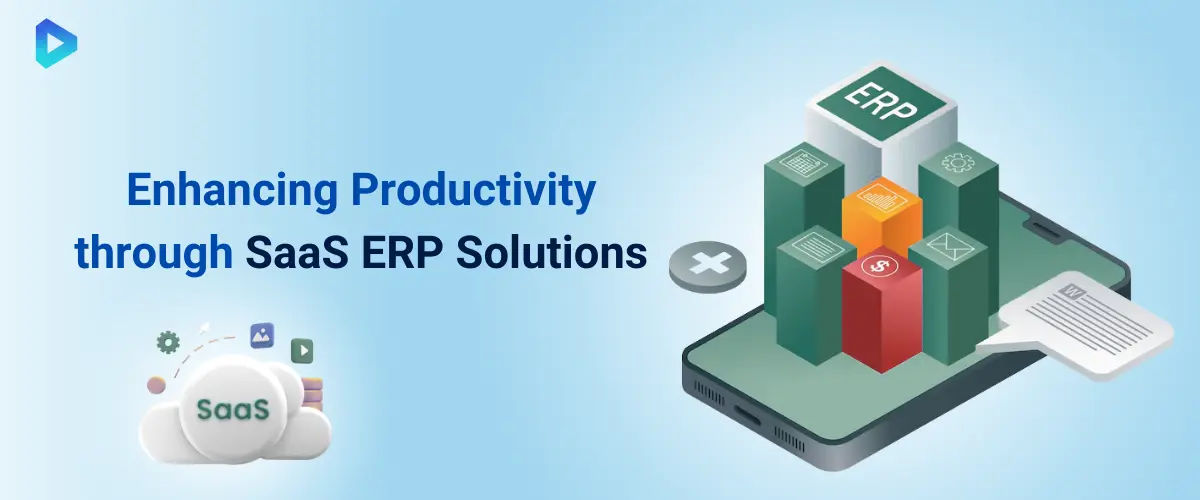
Published on: April 21, 2025 Erp
Your competitor just slashed operational costs by 35% and reduced order processing time by half. How? SaaS ERP. Meanwhile, you’re drowning in spreadsheets, manual entries, and department silos. The truth? Outdated systems aren’t just slowing you down—they’re costing you money, talent, and opportunities. But here’s the good news: Cloud-based ERP isn’t just for Fortune 500 companies anymore. Whether you’re a scaling startup or an established enterprise, SaaS ERP can automate workflows, unify data, and boost efficiency—starting today. Ready to stop working harder and start working smarter?
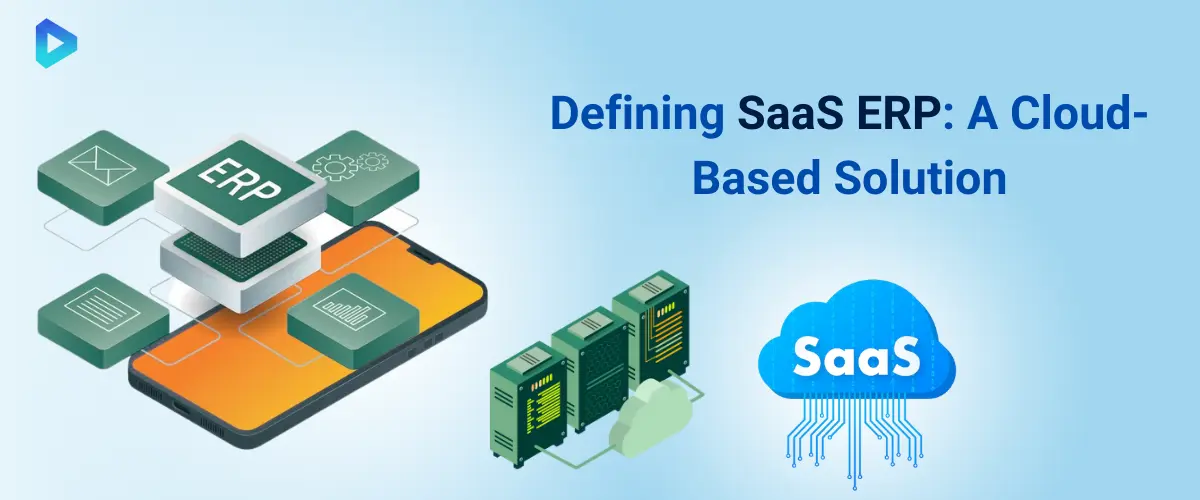
SaaS ERP is revolutionizing how businesses manage operations. Let’s break down what it really means and why it matters.
SaaS ERP (Software-as-a-Service Enterprise Resource Planning) is like having your entire business operations—finance, HR, inventory—running on a cloud-based system. No bulky servers, no IT headaches. Unlike old-school systems, there’s no need for bulky hardware or endless updates. You pay a subscription fee and access the system anytime, anywhere. Just log in and go.
Imagine managing your entire supply chain from your phone. That’s the power of SaaS ERP—business agility without the tech drama.
Unlike traditional ERP, SaaS ERP doesn’t rely on local servers or huge setup costs. Instead, it runs entirely in the cloud, meaning no physical installations or lengthy maintenance headaches.
Traditional ERP feels like owning a car: expensive upfront, constant maintenance, and outdated in a few years. SaaS ERP is like ride-sharing—flexible, always up-to-date, and you only pay for what you use.
For example, a retail store can launch SaaS ERP in days, while traditional systems take months. Time saved = money earned.
Traditional ERP is like owning a factory; SaaS ERP is like subscribing to one. The differences are game-changing:
Remember Blockbuster? They stuck with old systems while Netflix embraced the cloud. Don't let an outdated ERP hold you back.
Businesses want systems that are flexible, affordable, and easy to manage — and SaaS ERP checks all three boxes. Whether you’re a startup with a small team or a growing company scaling operations, SaaS ERP removes the need for expensive IT infrastructure.
Businesses are ditching clunky old systems for SaaS ERP—and for good reason. It’s not just about cost savings; it’s about staying competitive in a fast-moving world.
Picture a mid-sized manufacturer beating giants to market because their SaaS ERP adapts to changes instantly. That’s the future—no capex, no chaos, just results.
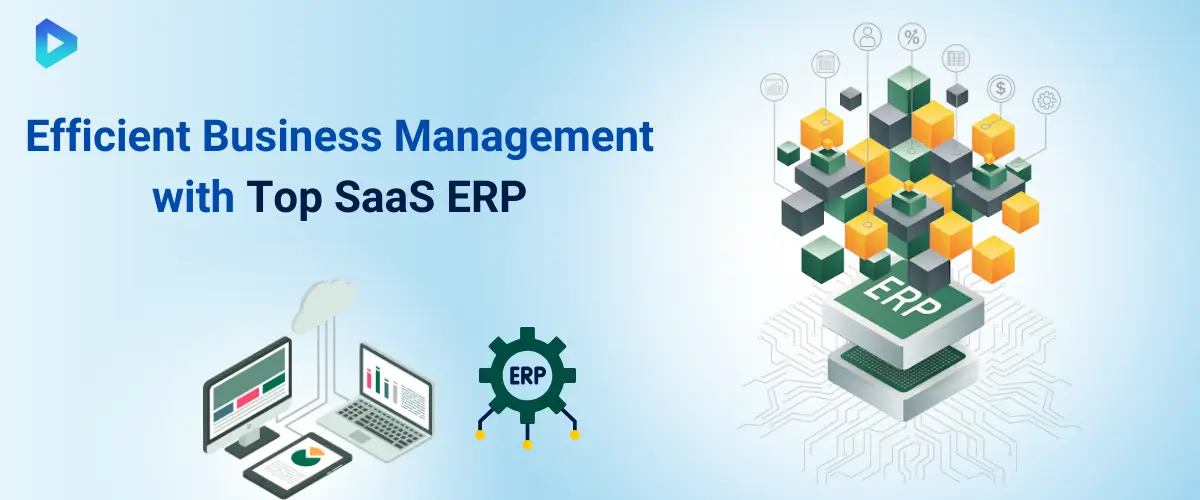
Not all SaaS ERP systems are created equal. Here's how the best ones transform business operations without breaking the bank.
When businesses grow, managing operations manually becomes impossible. SaaS ERP platforms like NetSuite, SAP Business ByDesign, and Oracle Fusion Cloud are designed to scale with you.
The right SaaS ERP grows with you. Top contenders like Oracle NetSuite, SAP S/4HANA Cloud, and Microsoft Dynamics 365 offer:
Picture a startup scaling to 100 employees without changing systems—that's the power of choosing wisely.
It’s not just about tracking numbers — the best SaaS ERP tools simplify workflows. Think automation, built-in analytics, mobile access, and AI-powered forecasting. Cloud hosting ensures your system is always up to date without manual updates.
The magic lies in the details. Market leaders differentiate with:
For example, automatic purchase order generation when inventory runs low saves 15+ hours weekly. Efficiency you can feel.
No two businesses are the same, and your SaaS ERP should reflect that. A retail business needs strong inventory and sales modules, while manufacturers focus on supply chain optimization.
A healthcare provider needs different features from a construction firm. Key considerations:
A food distributor using Infor CloudSuite reduced spoilage by 22% through better expiry tracking. That's targeted problem-solving.
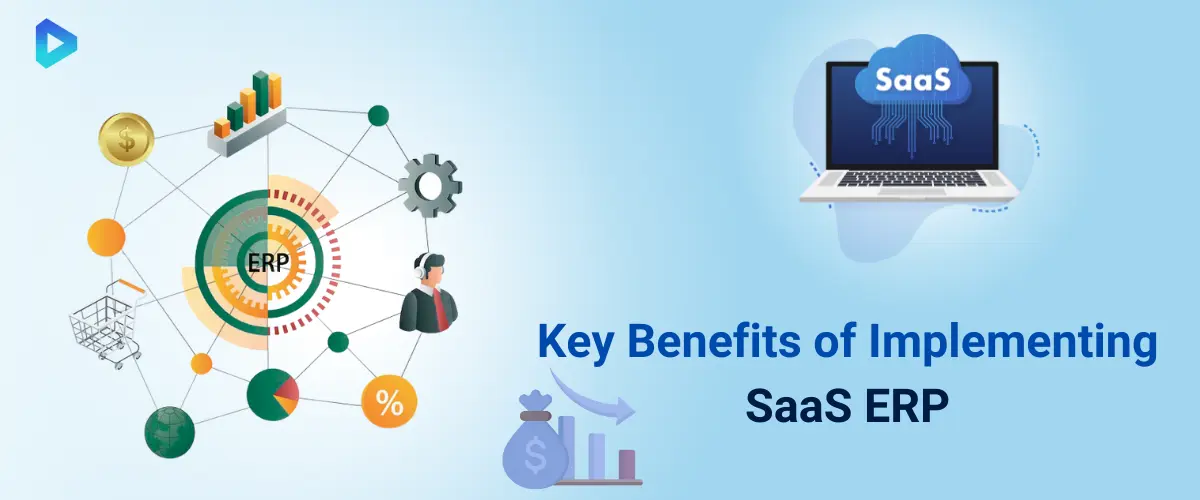
SaaS ERP isn't just software—it's your secret weapon for working smarter. Here's how it transforms daily operations.
Imagine all your critical data — finance, inventory, HR, and customer details — in one single dashboard. SaaS ERP makes this possible, removing the old days of hopping between disconnected spreadsheets.
Tired of chasing files across departments? SaaS ERP puts everything—sales, inventory, accounting—in one searchable hub.
Imagine your warehouse team seeing real-time sales data to prevent stockouts. That's productivity you can measure.
Traditional ERP systems require big investments in hardware and ongoing maintenance. SaaS ERP flips the script by offering a subscription model, meaning you only pay for what you use.
Traditional ERP drains budgets with hidden costs. SaaS ERP flips the script:
A 50-employee manufacturer slashed IT costs by 40% while tripling order capacity. Growth shouldn't mean financial growing pains.
In fast-moving industries, gut feeling isn’t enough — you need real-time data at your fingertips. SaaS ERP delivers insights instantly through smart dashboards and visual reports.
Waiting for end-of-month reports? SaaS ERP serves live analytics like a business dashboard:
When a retailer noticed a 20% cart abandonment rate at checkout, they redesigned the process—and boosted conversions in 48 hours.
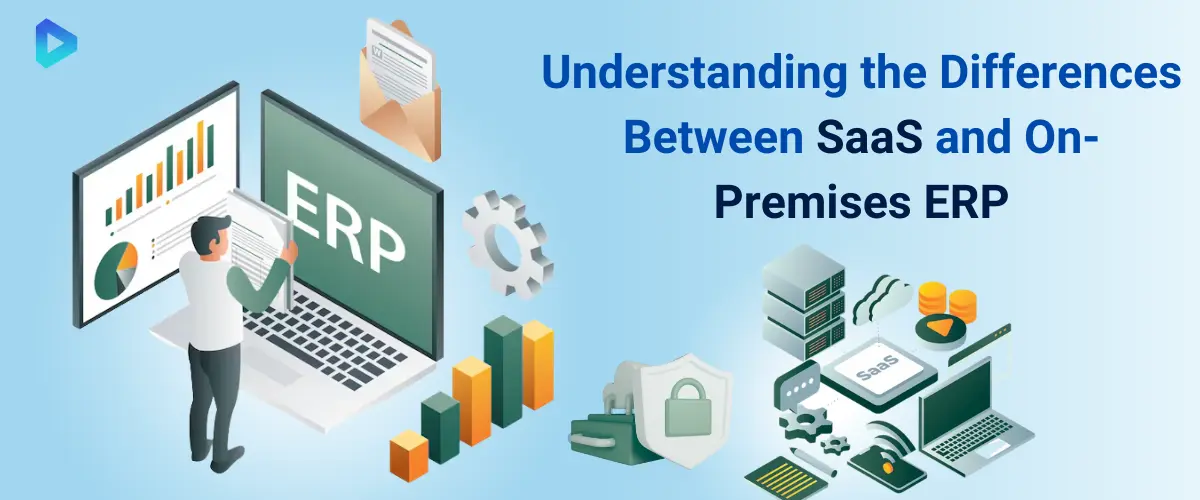
Choosing the right ERP solution? Let’s break down SaaS vs on-premises for smarter decisions.
On-premises ERP is like buying a house — a big upfront investment, constant maintenance, and future upgrades out of pocket. SaaS ERP is more like renting a modern, fully furnished space — predictable monthly fees, no surprise repair costs, and upgrades handled for you.
Small businesses often prefer SaaS because it avoids draining cash flow with huge capital expenses (CapEx). Instead, it shifts to manageable operational expenses (OpEx), giving room to grow without the financial weight that traditional systems often demand.
On-premises ERP puts the entire setup, updates, and security patches on your IT team’s shoulders. That’s a full-time job in itself. SaaS ERP lightens the load.
Vendors handle installation, ongoing updates, and maintenance remotely, so your team can focus on business, not troubleshooting servers. This not only speeds up your initial deployment but also future-proofs your system without constant internal tech stress.
SaaS ERP vendors build security into every layer, from data encryption to disaster recovery, and updates happen automatically. On-premises security? That’s your team’s job, and it needs constant attention.
SaaS solutions also meet global compliance standards like GDPR, HIPAA, and ISO, making them ideal for companies with limited internal IT resources but high data privacy demands.

Small businesses deserve smart tools too — SaaS ERP makes scaling affordable, flexible, and stress-free.
Small businesses often dream big but work with tight budgets. SaaS ERP gives them access to powerful enterprise tools without the hefty price tag. Forget buying servers or managing hardware — cloud systems run on simple, predictable monthly fees.
This levels the playing field against larger competitors, letting small teams focus on growth, not tech headaches. Whether you're managing inventory or customer relationships, SaaS ERP fits both your size and budget without compromise.
No two small businesses run the same. That’s where SaaS ERP shines. It flexes to match your needs — whether you’re scaling your inventory or adjusting workflows for seasonal peaks. Automation handles tasks like order tracking and invoicing so teams stay focused on customers, not manual spreadsheets. The flexibility to add features when you grow it means no more expensive system replacements every few years. SaaS ERP simply grows with you.
Plenty of small businesses have transformed operations using SaaS ERP. Picture a family-run retailer reducing stock-outs by 40% or a growing eCommerce store cutting order processing times in half. SaaS ERP empowers businesses to automate, improve accuracy, and win customer trust. These real-world examples show one truth: smart systems aren’t just for corporations anymore — small businesses can thrive too, with the right tools.
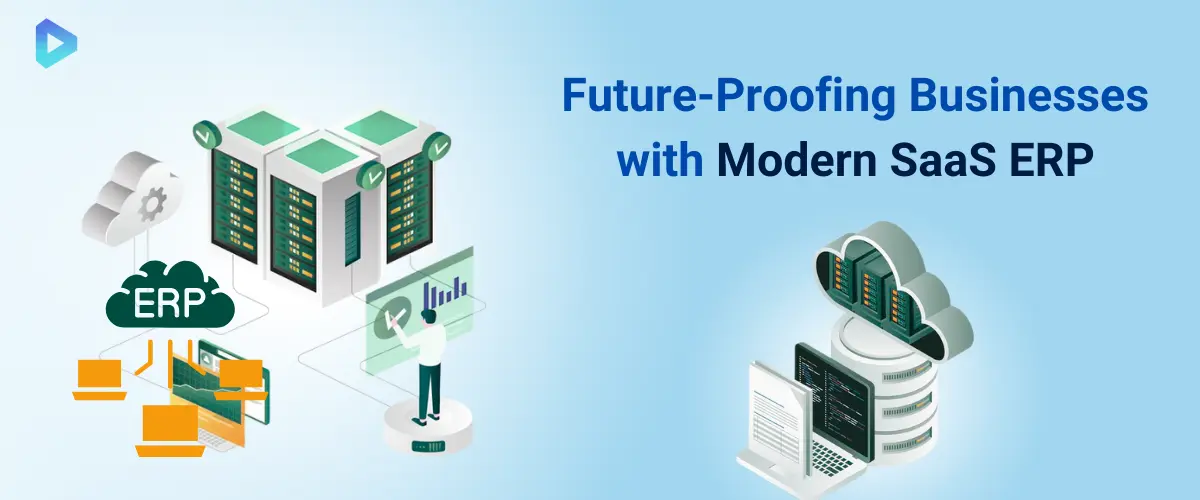
Modern SaaS ERP isn't just software—it's a complete business transformation. Here's what shifts when you upgrade.
Remember chasing paper invoices and reconciling spreadsheets? Modern SaaS ERP kills those time-wasters with:
A food distributor reduced order processing from 3 days to 3 hours. That's the power of replacing chaos with clarity.
Gut feelings don't scale. Modern SaaS ERP serves insights like a crystal ball:
When a retailer's ERP spotted a 22% return rate on a product, they fixed the defect before it became a recall.
Your ERP gets smarter every day. Now it can:
An HVAC company's ERP now suggests optimal maintenance schedules, preventing 15% of emergency callouts.